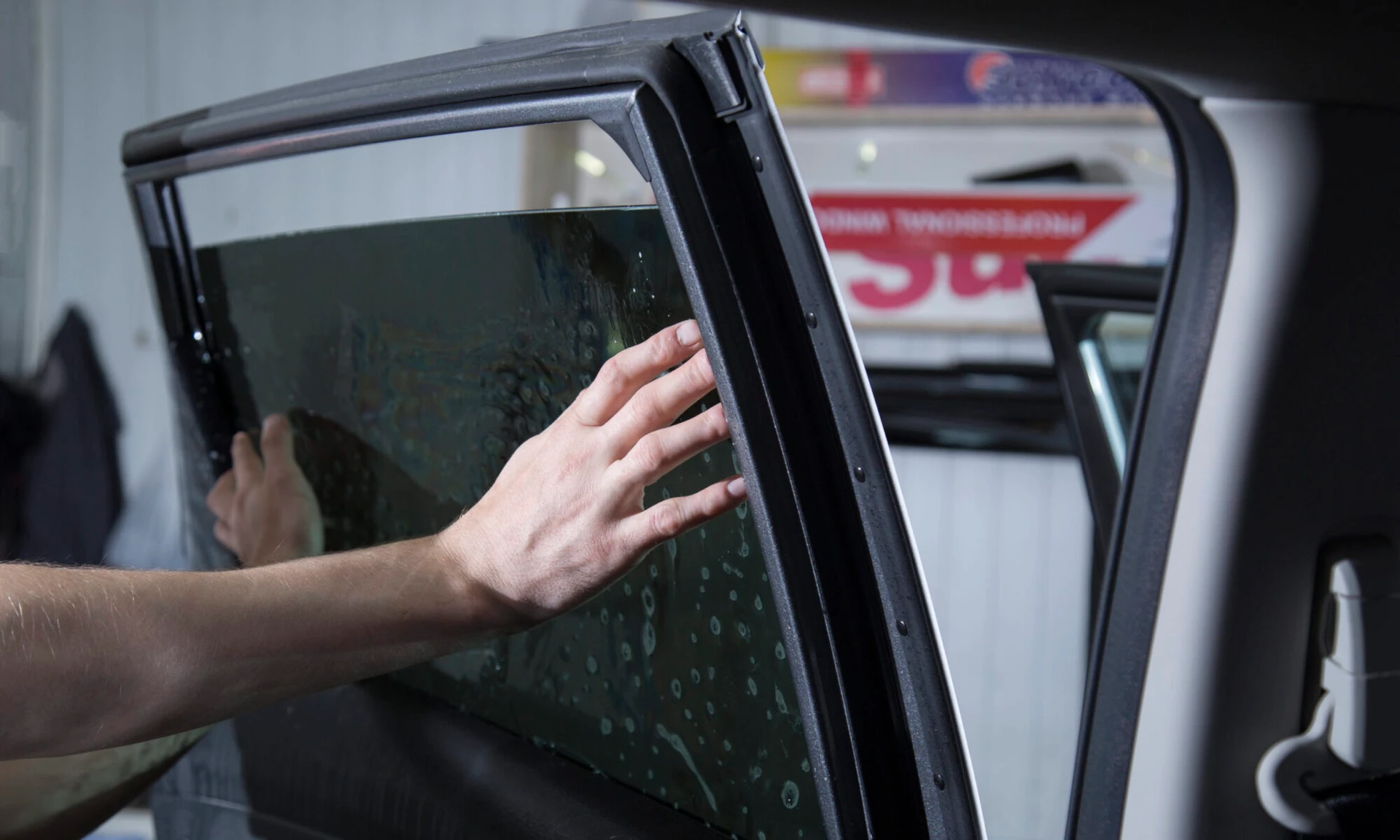Moro Auto Spa Window Tinting: Improve Privacy and Style for Your Vehicle
Moro Auto Spa Window Tinting: Improve Privacy and Style for Your Vehicle
Blog Article
Your Comprehensive Overview to DIY Window Tinting: Idea
Carrying out a DIY home window tinting task presents a chance to boost both the performance and aesthetic appeals of your room. Before embarking on this undertaking, it is critical to navigate the intricacies of local tinting policies and pick an appropriate movie that straightens with your objectives.
Understanding Window Tinting Laws
Browsing the elaborate landscape of home window tinting laws is crucial for any kind of do it yourself enthusiast seeking to enhance their lorry's visual appeals and convenience. Each state in the U.S. has certain regulations regarding the allowed degrees of tint on different windows, which can dramatically influence your decision-making procedure.
Generally, these regulations dictate the optimum allowable Noticeable Light Transmission (VLT) percentage, which describes the amount of light that can go through the colored home windows. For circumstances, some states allow just a particular portion of tint on the front windscreen, while allowing darker shades on rear home windows. Compliance with these guidelines is critical, as failure to stick can cause fines or the demand to remove the tint altogether.
In addition, there are often differences between passenger lorries and industrial cars, with various policies applying to each group. It's advisable to consult your local Division of Motor Vehicles or equal authority to gather precise info tailored to your area. Understanding these regulations not only makes certain lawful conformity yet also improves security by maintaining presence and avoiding prospective hazards while driving.
Selecting the Right Tint Film
Selecting the appropriate color movie is a crucial step in the do it yourself window tinting procedure, as it straight affects both the look and capability of your automobile's home windows. Several aspects ought to assist your choice, consisting of the kind of film, its legal compliance, and your desired results.
First, take into consideration the different types of tint movies offered: dyed, metalized, ceramic, and hybrid. Metalized movies provide enhanced warm rejection and durability yet can conflict with digital signals.
Next, make certain that the movie complies with local laws worrying noticeable light transmission (VLT) portions. Compliance with these laws is important to prevent fines and guarantee safety.
Essential Devices for Do It Yourself Tinting
Having actually picked the ideal color film for your windows, the following step includes collecting the essential tools to guarantee an effective installment. The primary tools you will require include an energy knife or a Learn More razor blade, which is vital for cutting the color film to the desired size. A squeegee is likewise critical, as it assists remove air bubbles and ravel the film during application.

In addition, consider making use of a warm gun or hairdryer, as this can aid mold the color film to the contours of the window and facilitate adherence. Gloves are suggested to prevent finger prints on the movie throughout installment. By gathering these essential devices, you will be well-prepared to tackle your do it yourself window tinting task efficiently.
Step-by-Step Application Process
Begin by extensively cleaning the home window surface to make sure optimum adhesion of the color film. When the window is tidy, measure the color film versus the home window, enabling for a slight overlap on all sides.
Gently spray the home window surface area and the glue side of the film. Thoroughly align the film with the top of the window, guaranteeing it is straight. Utilize a squeegee to smooth the film, using company, also pressure.
Allow the color to cure for at the very least 24 hours without rolling down the windows. Comply with these steps diligently for optimum outcomes in your DIY window tinting project.
Upkeep and Treatment Tips

It's advisable to wait at the very least a week after setup prior to cleansing your windows to enable the adhesive to fully see heal. Throughout this first period, avoid rolling down the windows to avoid any type of damage to the tint.
Routine maintenance involves checking the edges of the color for any kind of indications of gurgling or raising. If you see any issues, it's ideal to address them quickly to stay clear of further damage. Additionally, be cautious with making use of window therapies, such as shades or drapes, as they can create heat that may compromise the color with time.
Verdict
To conclude, embarking on a DIY home window tinting project demands mindful factor to consider of local regulations, choice of suitable tint films, and the utilization of necessary devices. A methodical application procedure makes certain optimal outcomes, while normal maintenance adds to the durability of the color - Moro Auto Spa Window Tinting. By sticking to these standards, people can accomplish both visual enhancement and enhanced privacy in their spaces, making DIY window tinting a useful undertaking
Report this page